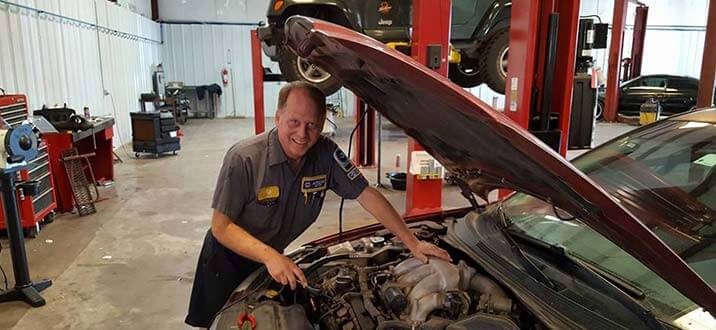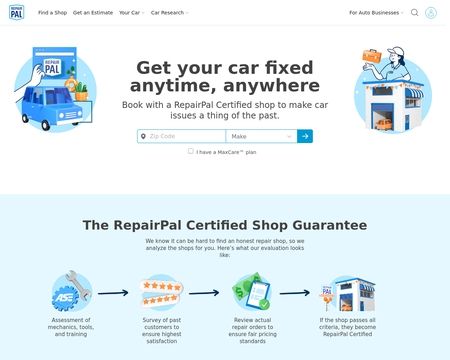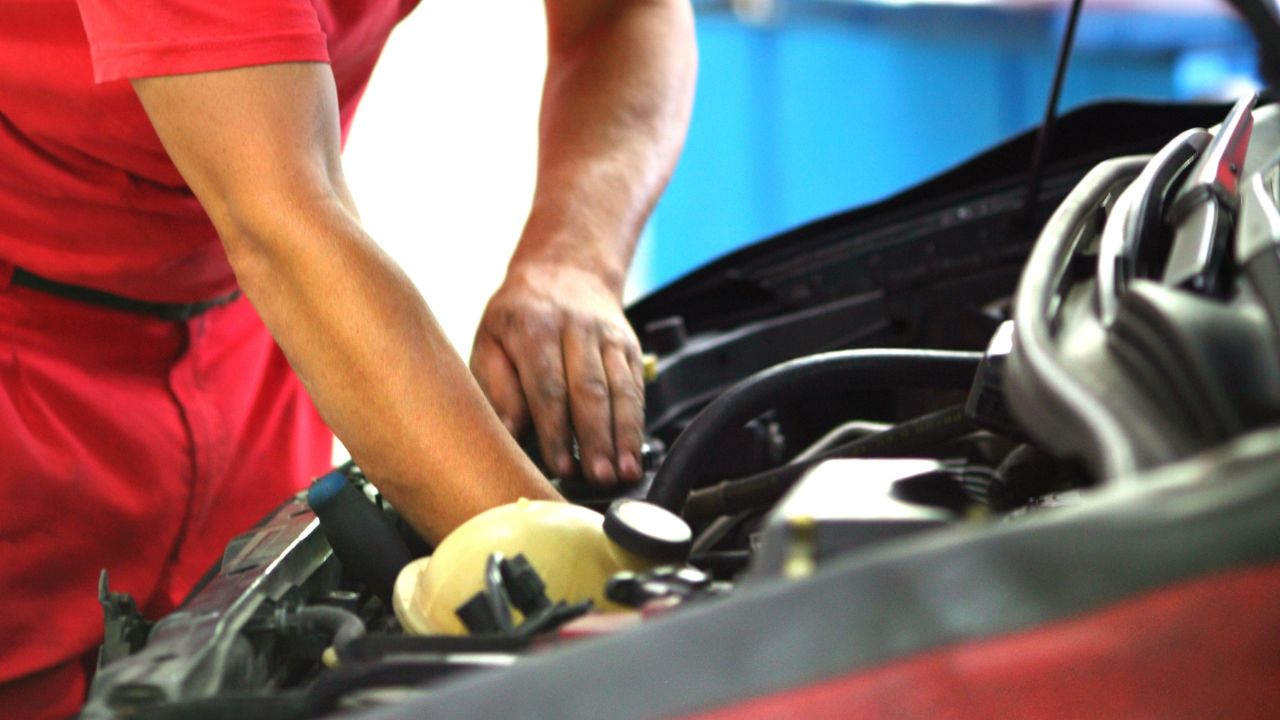
You may be interested in becoming a marine or diesel technician by learning more about the Cummins engine program at Universal Technical Institute's Exton campus. On April 4, the new program will go live. Visit the UTI Exton site to learn more. This article will discuss the program's benefits and provide the basic information. The program can be enrolled in here.
NextStep Repair
Cummins NextStep Repair may interest you if you have a Cummins engine. NextStep is a proactive guide that will help you address common problems. The program can be downloaded and requires an Internet connection. Users can search the NextStep repair manual online and access the service manual and repair information as needed. It lowers repair time and improves uptime.
NextStep Repair helps technicians find and fix the underlying problems with interactive, step-by–step instructions. This tool guides technicians through common engine issues without the need to use a fault code. It improves shop revenue and removes guesswork from the repair process. Combined with the JPRO Professional diagnostics software, NextStep Repair will enable technicians to perform repairs quickly and efficiently. Users can get remote support for NextStep repair applications.

JPRO Professional
The JPRO Professional cummins program is a comprehensive diagnostic solution for all makes and models of trucks. It allows fleets improve uptime and empowers technicians with complex repairs. It is bi-directional and supports all fault codes, including J1708 and SAE J1587. The adapter Noergon DLA+ 2.0 allows the device to communicate with a personal computer.
This diagnostic tool allows you to see the overall health and condition of your vehicle's aftertreatment system. The tool will also show the DPF Regen Status and other conditions that could inhibit regen. It allows you to initiate regen. JPRO provides a quick and easy way to diagnose fleets and repair shops. The program can be used with Windows 7 and requires the Panasonic Toughbook. The program also includes a database of common diagnostic commands to ensure the best user experience.
OilGuard
Cummins OilGuard provides a free service for owners who own its X15TM Performance and Efficiency Series motors. This program analyzes engine oil and provides performance data to optimize oil drain intervals for customers up to 80,000 miles. Owners can preserve their warranty and maintain their vehicle's value by using this service. Also, participating in the program will enable you to extend the life of your vehicle's engine components.
Fleet managers will be able to access a mobile app which allows them to see fault codes and diagnose codes. The Cummins Guidanz app allows fleet managers to access key engine information through its mobile interface. This app works with Cummins X15 engine models. To download the app, users will need a J1939 harness and an inline Bluetooth adapter. Users can view and send diagnostic data to the app via email.

Cummins INSITE
Cummins INSITE, a PC-based software for diagnosing engine problems, displays data on a computer monitor. It provides step-by-step diagnostics, built-in engine drawings, and schematic diagrams to ensure accurate diagnoses and help reduce downtime. It aids mechanics and technicians to diagnose and repair problems faster, which increases their productivity. This software is compatible with every Cummins engine on-highway.
Cummins INSITE, one of the most difficult diagnostic programs on the market today, requires a high-performance computer. This program requires a fast processor and lots of RAM to be run efficiently. High-performance laptops are ideal. It should be able to support the program's high-performance requirements, and a laptop with a minimum of 3GB of RAM is recommended. High-speed computers are also recommended.
FAQ
How long is an automotive course?
A course in automotive lasts three years.
The first year is spent learning about cars and theory. The second year will be spent in practical training. Here you will learn how fix engines, drive and other mechanic jobs. You will spend the final year working in a local garage to gain real-world experience.
Is being a mechanic apprentice hard?
It is not easy but it can be done quickly. There are many opportunities for advancement.
You need to have patience and perseverance. Also, you must know how to fix trucks, cars, and motorcycles.
Customers and loved ones can place a lot of pressure on you. However, you shouldn't be forced to make difficult decisions.
It could be a great job choice if you love fixing cars. It's a job where you can earn a decent salary and build up your business.
But, you might prefer a different path. You might consider becoming a technician in this instance.
This means that you can use your technical knowledge to help other workers. You could help technicians troubleshoot problems or teach them new techniques.
Another option is to become an advisor in service. When customers bring their cars into a garage, they will receive advice and assistance.
It all depends on your goals. There are plenty of options available, and you can choose which suits you best.
Is it worth being a mechanic.
This question is dependent on your life goals. If you are looking to make money, then yes. But if meaning and purpose is what you seek, then no.
You don't need to be a mechanic if you don't know how. You won't become rich from it. It's unlikely that you will be famous. It is unlikely that you will be made famous.
You would need to spend years learning how to do everything properly. It would be expensive to have your car fixed by someone else. This is why most people don’t bother. They find something else to do.
Summarising, if your goal is to make lots of money, go for it. You can't live a meaningful existence if your goal is to make a living in the mechanic's business.
What is the length of an apprenticeship as an automotive mechanic?
It takes three years to complete an apprenticeship as an automotive mechanic. It includes two years of school and two years as an apprentice. The first year is spent learning all aspects of the trade, including theory, practical skills, and safety procedures. This year, you will also learn how to safely and efficiently use tools. After you have completed the first year of training, you will be able to spend an additional year on-the job learning different trades. These periods will also give you the chance to take formal courses.
The last year of your program will be spent earning qualifications and becoming certified. These include NVQs or National Vocational Qualifications. These are earned after passing exams that cover specific topics in the industry. The HNCs (Higher National Certificates), on the other hand, cover general subjects like customer service and management. City & Guilds certificates may be available for those who are interested in becoming qualified in specific trades.
What does it matter which college I attend?
It's not true. In terms of getting into the auto industry, there is no distinction between colleges. But, there are better programs at some schools than others. Look elsewhere if you want something more niche.
Statistics
- Apprentice mechanics earn significantly less hourly than mechanics who have completed training, with a median wage of approximately $14.50 an hour, according to PayScale. (jobhero.com)
- The U.S. Bureau of Labor Statistics (BLS) reports that the job outlook for automotive service technicians and mechanics is expected to decline by 4% from 2019 to 2029. (indeed.com)
- There were 749,900 jobs available for automotive service technicians and mechanics in 2016, which is expected to grow by six percent through 2026. (jobhero.com)
External Links
How To
How to become an Automotive Technician
An automotive technician is responsible for vehicle maintenance and repair. He/she can be found at auto shops, garages and service centers. He/she helps customers fix their cars, trucks, motorcycles, ATVs, boats, lawn mowers, snowmobiles, tractors, trailers, farm equipment, planes, helicopters, jet skis, watercraft, bicycles, motorcycles, scooters, golf carts, etc. An automotive technician must be capable of diagnosing problems and making repairs safely, accurately and efficiently.
An associate degree should be obtained from a vocational school if you wish to work as an auto technician. After completing the program, he/she must take the National Institute for Automotive Service Excellence certification exam. ASE stands for American Society of Mechanical Engineers. Two sections make up the ASE certification examination. The first section tests for mechanical knowledge, the second for practical skills. To take the test, you must visit one of the approved testing locations. These locations can be found online, or by contacting your local car dealer.
Before becoming an automotive technician, a candidate must pass the test. The process will vary depending on where an applicant lives. For example, some states require candidates to attend a training course, while others allow them to study independently. Some states allow technicians to become licensed right away after receiving their license. While others wait until they have had at least six years of experience as an automotive technician.
To become an automotive technician, one must apply at a local dealership. Most new employees work as apprentices after they have been hired. Apprenticeship programs last about three years. During this time, a student learns how to perform basic repairs, such as changing oil, adjusting brakes, replacing tires, cleaning spark plugs, inspecting engine compartments, and performing routine maintenance. Some students are able to perform more advanced repairs such as replacing shocks and installing air filters. Many schools offer classes during normal business hours. Some schools also offer evening classes when needed.
When a student has completed his/her apprenticeship, they become a journeyman. Journeymen spend typically four to five years learning to install major systems such as transmissions and differentials, steering gear, suspensions and drive shafts. Journeymen also learn to fix complicated problems, such as rebuilding engines or troubleshooting electric components. Because they have a good understanding of the job and what customers expect, many employers prefer to hire journeymen.
If a candidate successfully passes the required exams and receives a license, he/she might want to consider starting his/her own shop. According to the Bureau of Labor Statistics, nearly 1.7 million automotive mechanic jobs were available in 2010. This number is expected to increase by 18% between 2009 and 2020. When a candidate plans to open his/her own shop he/she should be ready to invest thousands of dollars in equipment.
There are many factors that affect the salary of an automotive technician, such as where they live, their education and experience. An average salary for a jobless individual is $20,000 per annum. Someone who has only a highschool diploma could earn around 21,000 dollars per year. A bachelor's degree is equivalent to approximately $24,000 annually. Technicians with a bachelor’s degree made about $27,000 annually. Masters' degree holders earn around $32,000 per annum. Salary increases are common, so a professional who earns less than $30,000 now could reasonably expect to earn $40,000 or more in just a few years.